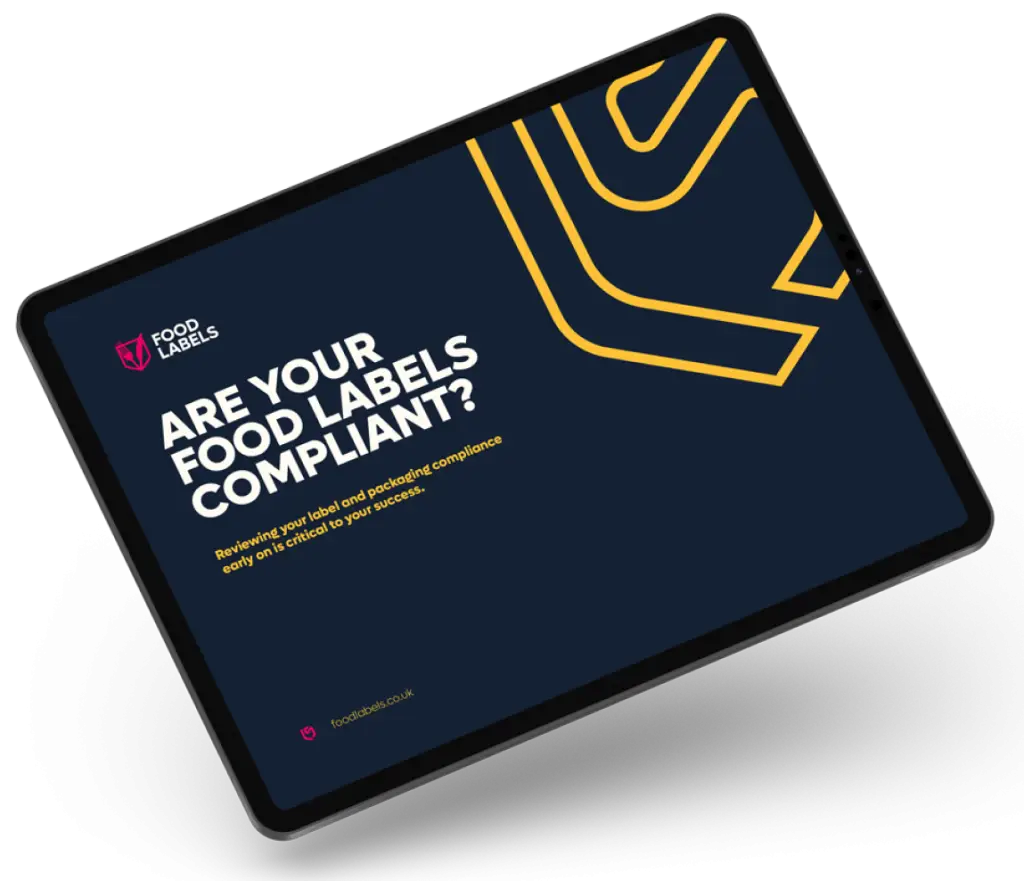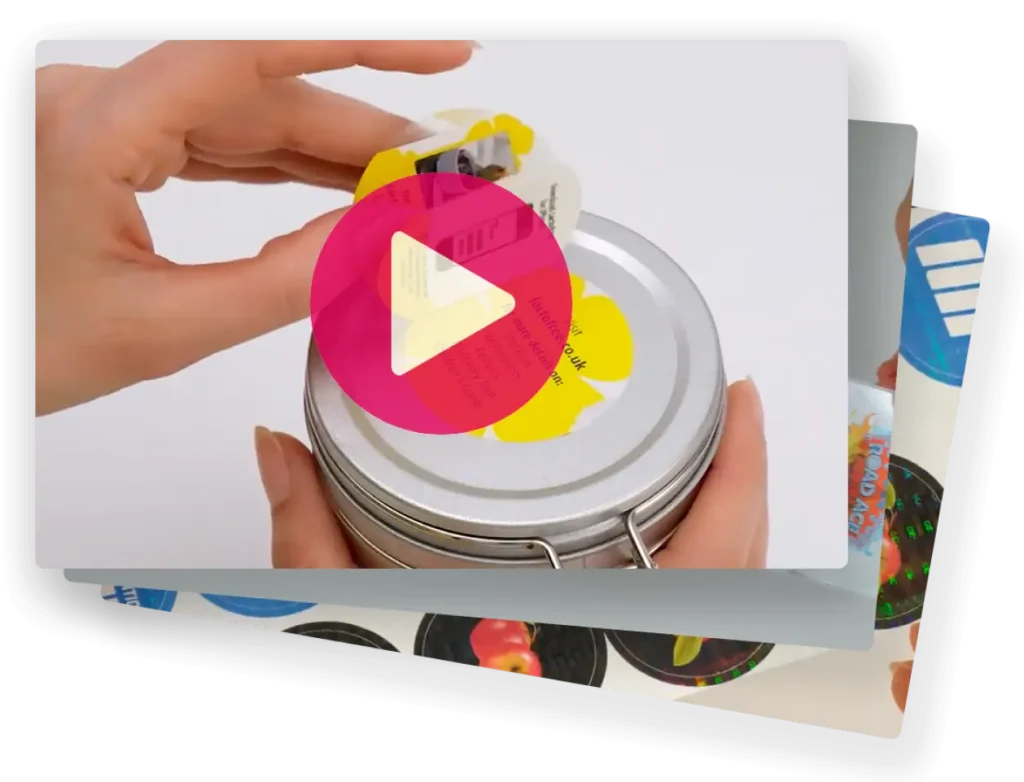Traffic light food labels FAQs
Traffic Light Food Labels provide a colour-coded system using red, amber, and green on the front of food packaging to show the levels of key nutrients: fat, saturated fat, sugars, and salt. Green is for healthier choices, amber indicates moderate amounts, and red highlights higher levels that should be consumed in smaller quantities.
These labels offer a simple, visual way for customers to look at the nutritional content of food at a glance. They help people make informed choices about what they eat, promoting healthier diets by allowing comparisons between products based on their fat, sugar, and salt content.
In the UK, Traffic Light Labels are voluntary, but they are adopted by many food manufacturers and retailers. The Food Standards Agency (FSA) encourages their use to promote transparency and help consumers make healthier choices.
The colour coding is based on thresholds set by UK government guidelines. For example, a product high in fat or sugar will receive a red label if it exceeds certain levels per 100g or 100ml. Amber is given for moderate levels, while green is used for low amounts.
Yes, at Labelservice, we offer full customisation for Traffic Light Labels to suit your brands or products design and packaging. We can also add your branding elements such as logos, fonts, and any additional product information.
Yes, at Labelservice, we offer full customisation for Traffic Light Labels to suit your brands or products design and packaging. We can also add your branding elements such as logos, fonts, and any additional product information.
Labelservice uses high-quality digital and flexographic printing techniques for Traffic Light Labels, which make sure that the colour codes are sharp, vibrant, and easy to read. These methods also allow for more consistent production quality across large or small print runs.
Labelservice Traffic Light Labels typically feature permanent or removable adhesives, depending on whether the label needs to be repositioned or remain in place permanently. For chilled or frozen products, we use temperature-resistant adhesives to make sure that the labels stay on even in harsh storage conditions.
Our Traffic Light Labels are designed to be highly durable, suitable for various packaging types, including cardboard, plastic, glass, and metal. They are resistant to moisture, temperature changes, and handling during shipping or storage.
While Traffic Light Labels are voluntary in the UK, they need to comply with specific guidelines from the Food Standards Agency (FSA) and Department of Health. These guidelines cover how nutrient levels are calculated and the proper use of red, amber, and green colours in nutritional labelling.



















